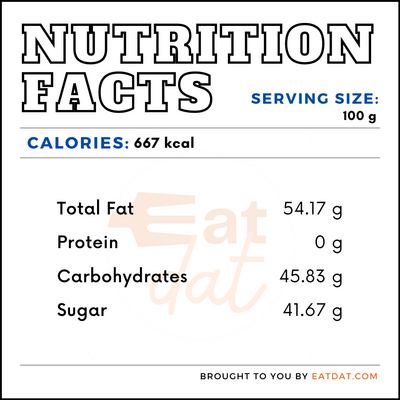
Frosting
also known as Icing
What is Frosting?
Frosting, also referred to as icing, is a sweet thin or thick glaze made of sugar. This glaze is created using a liquid, which could be water or milk. Also, it can be further fortified with butter, egg whites, cream cheese, or flavorings.
- It is often used as a coating for baked goods, such as cake, and can lengthen their shelf life by minimizing exposure to air.
- When used within layers of a cake, it is also referred to as filling.
Seven common types of icing are:
- Ganache
- French Meringue Buttercream
- Italian Meringue Buttercream
- Cream Cheese Icing
- Basic Buttercream
- Swiss Meringue Buttercream
- Whipped Cream
Origin of frosting
In the 16th century, the act of covering cakes with powdered sugar or other materials began to gain popularity. This was achieved by applying the icing to the cake, then placing it in the oven to harden. The earliest use of the term “to ice” in the sense of frosting was in the 1600s and the noun “icing” came about in 1683. Later in 1759, the word “frosting” was first recorded. In 1915, the first buttercream frosting was prepared in Germany, and would soon become the world’s most popular icing.
Function
Icing is used to cover baked goods, add flavor, and boost aesthetics, for example in the case of birthday cake. The icing on cakes can make different patterns and designs that cannot be directly done on the cake. Furthermore, icing can be an integral part of a cake’s character; consider that both Angel Food Cake and Devil’s Food Cake require distinct types of frosting.
Nutrition
A 100g serving of icing contains:

Frosting has no known health benefits, as it is high in calories and sugar. Excessive consumption can have severe long-term side effects, such as diabetes, heart disease, weight gain, liver dysfunction, and even infertility in women. Icing can also cause cavities and tooth decay, if consumed in excess.
Commercial production
Different types of frosting require different steps for commercial production. However, frosting made in large quantities follows the same procedure as that of smaller batches. The only difference is in the amount of ingredients used. Still, the possibility of using a spatula or spoon for mixing is minimal as large electric mixers are used, and rollers might be used for beating the icing into shape.
Application
Making frosting at home is relatively easy, as only a few ingredients are used, including powdered sugar, softened butter, vanilla extract, and milk. The procedure begins with mixing powdered sugar and butter with a spoon, spatula, or an electric mix rolling at a low speed in a medium bowl. Then, stir in the vanilla and a tablespoon of milk. Next, gradually infuse the remaining milk to make the icing smooth and spreadable. If the icing is too thick, slowly infuse more milk and beat till the desired texture is achieved, then your icing is ready.
Icing should be stored in an airtight container. Ensure you do not refrigerate it, as that will affect its texture. If there is no cake keeper, you may store it in a large inverted bowl. Store at room temperature for approximately five days. For more extended storage, keep in a freezer for up to 2 months.
Frosting recipes
Icing can be prepared to suit a variety of tastes. Here are some popular recipes:
FDA Regulation
The FDA regulates reference amounts customarily consumed per eating occasion for dessert toppings and filling, like cake and frosting. They also monitor the nutrition labeling information for prepared cakes packaged with a can of frosting. Additionally, the FDA regulates whether icing can be used on certain bakery products.
References
Hunt, Patricia. “The History of Icing & Frosting.” LEAFtv, LEAFtv, 23 Nov. 2019, www.leaf.tv/articles/the-history-of-icing-frosting/.
“Frosting: Icing: Baking Ingredients.” BAKERpedia, BAKERpedia, 23 Oct. 2019, bakerpedia.com/ingredients/frosting/.
“CFR – Code of Federal Regulations Title 21.” Accessdata.fda.gov, U.S Food & Drug Administration, 1 Apr. 2020. https://www.accessdata.fda.gov/scripts/cdrh/cfdocs/cfcfr/CFRSearch.cfm?CFRPart=112
